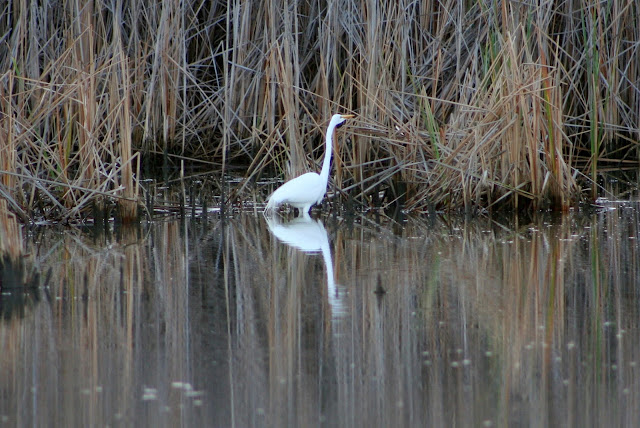Thursday 2/14/2013
 |
| We left Fulton, Texas and took I-35 South toward Corpus Christi. |
 |
| I noted a campground just north of Corpus Christi on Nueces Bay, if you're looking for a campground in the big city. We enjoyed Fulton and wouldn't want to stay in the big city ourselves. |
 |
| Bridge crossing over the bay to Corpus Christi. |
 |
| Halfway to Brownsville we found a pull off rest area for lunch. We noted a much warmer temperature at this point. |
 |
| After a long days drive we arrived at the River Bend Resort in Brownsville, Texas. |
 |
| We came in a different entrance, so I got this picture a few days later in the Honda. |
 |
| So far so good- paved in roads, |
 |
| and a paved site. We were happy campers. |
 |
| Now it is time to show you around the resort. Club House in the distance from the rear. |
 |
| Club House from the front. |
 |
| I stayed outside with Mallery while Joe took pictures for you all. |
 |
| Lobby of the Club House. |
 |
| Event room |
 |
| mostly for dinners. They had a Valentine dinner the night we arrived, but you had to have signed up a few days prior. |
 |
| Balcony outside the Event Room. |
 |
| Heated pool year round with hot tub. |
 |
| Rio Grande River, with Mexico on the other side. |
 |
 |
| 18 hole golf course. |
 |
| Three fourth of the resort sites sit on the golf course. |
 |
| Golf cart paths weave through out the resort. You can rent golf carts from the resort. |
 |
| Sites that are not on the golf course sit on ponds. |
 |
| Many sites for sale. |
 |
| Most empty sites can be bought for around 8,000 to 17,000. |
 |
| I took this picture because I like this decorative yard tree. |
 |
| Another part of the resort has condos, |
 |
| and homes, all on resaca's. These resaca's are use to water the entire resort. This part of Texas has been in a ten year drought. |
 |
| Most of the RV part of the resort has, "neat as a pin" Mobile homes for 55 or older snowbirds. The owners also have to pay $100 a month which includes electricity. |
















































